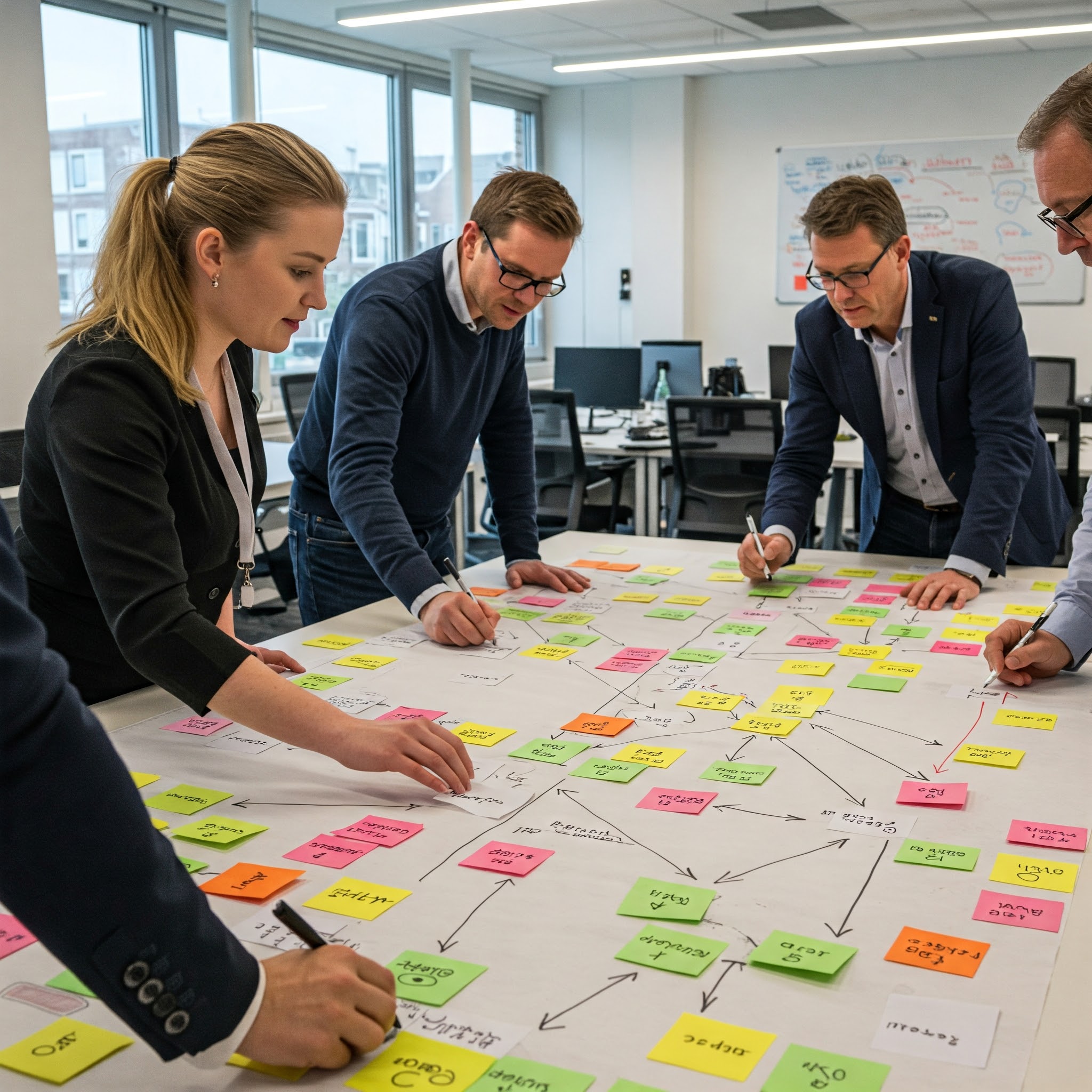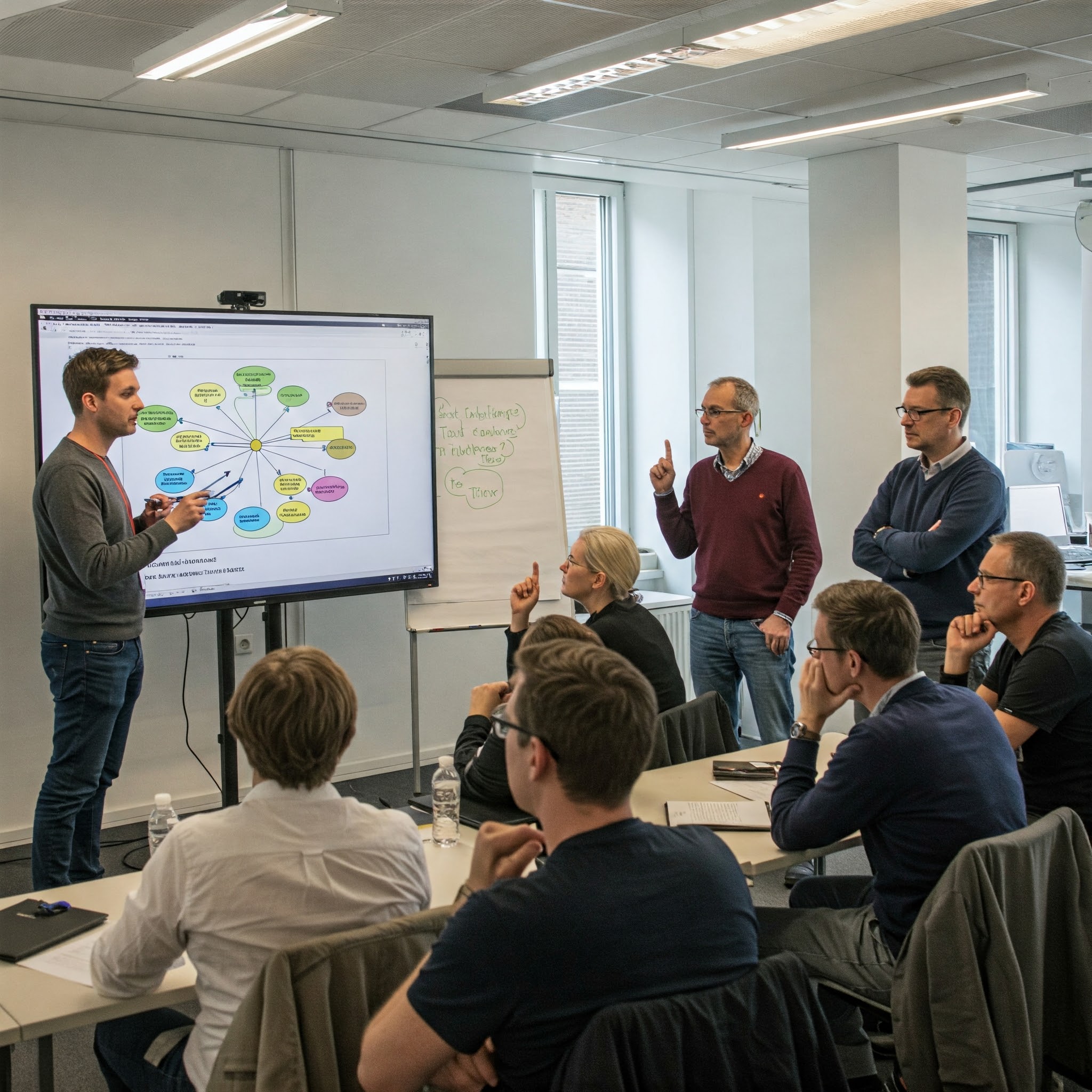
Activity: Meet with the designated domain lead or a senior business expert to clearly define the scope of the workshop.
Output:
The domain scope could be provided to an LLM (ChatGPT etc) later to pre-generate a very initial list of potential concepts as a starting point if needed, but this should be used cautiously to avoid biasing the business experts' input.
An example prompt here. The output can be pasted in Termboard using Tools > Add in Bulk/Chatbot. See here for the output using Gemini 2.5

Activity: Prepare all necessary materials for the workshop.
Materials:
tbd

Activity:

Activity: Engage business experts in identifying and listing key data usecases within their domain.
Facilitation:
Output: A list of relevant usecases with business-oriented descriptions.
Potentially, if the domain is very broad, you could ask an LLM (before the workshop) to generate a sample list of data product types for the "Finance" domain (e.g., "Financial Reporting data products"). However, it's generally better to let the business experts drive this step organically.

Activity: Analyze the usecase for data product names and descriptions to extract initial core business concepts.
Facilitation:
Output: A canvas with 10-20 core concepts representing key business entities, events, or attributes.

Activity: Build the "is-a" hierarchy for the core concepts and identify superclasses.
Facilitation:
Output: A hierarchical structure of concepts with "is-a" relationships + expanded list of concepts adding the superclasses.

Activity: Define and refine the descriptions for all concepts (core and superclasses).
Facilitation:
Output: Complete descriptions for all concepts in a document or using Termboard. Use an LLM to review the definitions for clarity and consistency

Activity: Identify meaningful relationships other than "is-a" between the concepts.
Facilitation:
Output: List of general relationships between concepts.

Activity: Review the complete semantic model (concepts, hierarchies, and relationships) with the business experts.
Facilitation:
Output: Validated initial semantic model.

Activity:
Documentation Generation: LLMs might assist in generating documentation from the structured model data (e.g., generating concept glossaries, relationship descriptions).